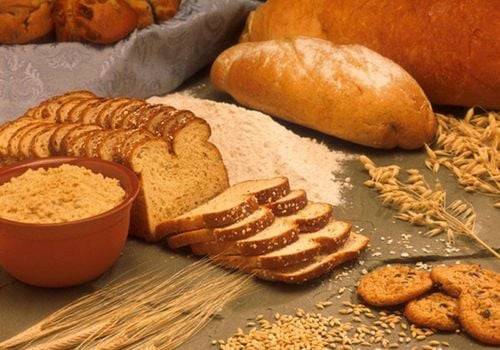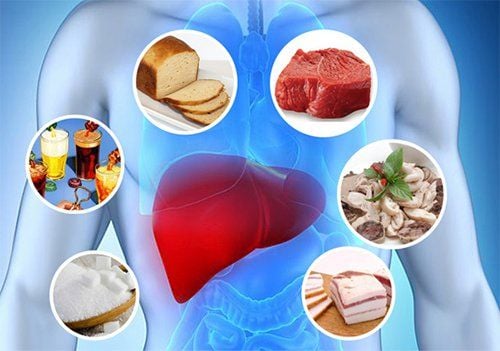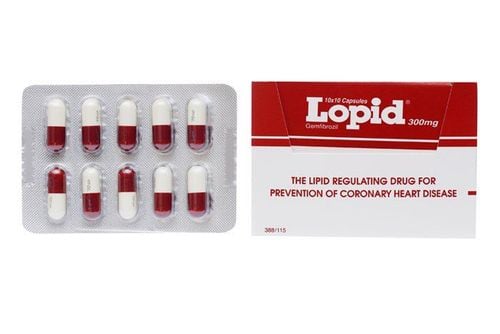This is an automatically translated article.
A healthy, balanced diet provides the body with the nutrients it needs to function. Here are ways for you to build a healthy diet for your body.
1. What is a healthy diet?
A healthy and nutritious diet is essential for good health. It protects us from chronic non-communicable diseases, such as heart disease, diabetes, and cancer. Eating a variety of foods and consuming less salt, sugar and fat are essential requirements for a healthy diet.
To get the right nutrition from the diet the body should be provided with daily calories from foods such as: Fresh fruit; fresh vegetable; cereals; pea's tree; nuts; lean protein
The average person needs to eat about 2,000 calories a day to maintain weight. However, a person's specific daily calorie intake can vary depending on their age, gender, and physical activity level. Men typically need more calories than women, and people who exercise need more calories than people who don't.
For a healthy, balanced diet, everyone should try: eat at least 5 servings of a variety of fruits and vegetables each day. a basic meal of starchy foods such as potatoes, bread, rice or pasta

Chế độ ăn uống cân bằng, lành mạnh với đầy đủ các thành phần trong bữa ăn hàng ngày
2. WHO recommendations to follow a healthy diet.
2.1 Breastfeeding: A healthy diet should be started from birth. Breastfeeding promotes healthy growth in children, and has long-term health benefits such as a reduced risk of being overweight or obese and developing non-communicable diseases later in life. Exclusive breastfeeding from birth to 6 months is important for a healthy diet. Additionally, offer a variety of safe and nutritious complementary foods at 6 months of age combined with breastfeeding until the child is two years of age and beyond.
2.2 Eat plenty of vegetables and fruits: Vegetables and fruits are important sources of vitamins, minerals, fiber, plant protein, and antioxidants. People with a diet rich in vegetables and fruits have a lower risk of obesity, heart disease, stroke, diabetes, and some types of cancer.
2.3 Eat less fat: Fats and oils and concentrated sources of energy. Eating too much, especially harmful fats, like saturated and industrially produced fats can increase your risk of heart disease and stroke. Using unsaturated vegetable oils (olive, soybean, sunflower, or corn oils) instead of animal fats or oils high in saturated fats (butter, lard, coconut, and palm oils) will help consume the nutrients. healthier fat. To avoid unhealthy weight gain, total fat consumption should not exceed 30% of a person's overall energy intake.
2.4 Limit sugar intake: For a healthy diet, sugar should make up less than 10% of your total calories. Reducing further to less than 5% has additional health benefits. Choosing fresh fruit over snacks that are high in sweeteners like cookies, cakes, and chocolates helps reduce sugar consumption. Limiting your intake of soft drinks, sodas, and other drinks high in sugar will also help reduce sugar levels.
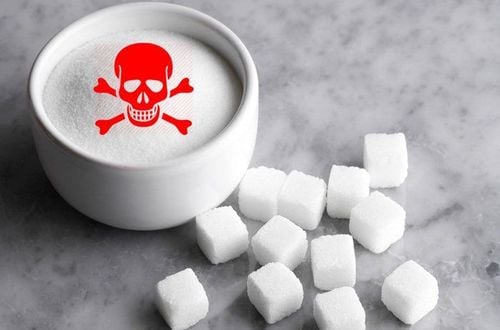
Chế độ ăn uống hạn chế đường giúp người dùng phòng tránh nhiều bệnh lý khác nhau
2.5 Reduce salt intake: Keeping your salt intake under 5h per day helps prevent hypertension and reduce the risk of heart disease and stroke in the adult population. Limiting the amount of salt and high-sodium seasonings (soy sauce and fish sauce) when cooking and preparing foods helps reduce salt intake.
3. Tips for us to build a healthy diet step by step
Eat 100% whole grain bread or whole wheat : Switching to whole grains in place of refined grain products can prolong life, control weight, reduce risk of type 2 diabetes , heart disease, stroke and cancer.
Use mustard on sandwiches instead of mayo: Mayonnaise or mayo-based spreads are one of those condiments that are high in calories, fat grams, and omega-6 fatty acids.
Drink skim milk with oatmeal instead of water : This combination will increase the protein and calcium in our breakfast. Using 2/3 cup skim milk instead of water adds 6 grams of quality protein, 255 milligrams (mg) potassium, 205 mg calcium, 14% of the recommended intake for vitamin B12 and vitamin D.
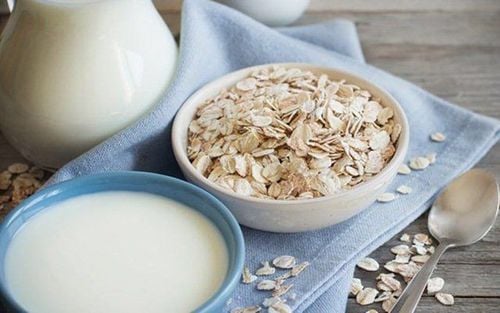
Uống sữa tách béo với bột yến mạch thay nước giúp bạn có một bữa sáng lành mạnh
Add some flaxseeds to yogurt and smoothies: Adding 2 tablespoons of flaxseeds to yogurt adds 4 grams of fiber, 2.4 grams of omega-3 fatty acids, and some healthy phytoestrogens (lignans).
Use spinach leaves instead of lettuce in salads: One cup of 4 raw spinach leaves has 20 milligrams omega-3, 9800 IU vitamin A, 5,890 micrograms (mcg) beta-carotene, 260 mg potassium, 26 mg Vitamin C, 150 mcg folic acid, 2 mg vitamin E and 68 mg calcium are more than the same serving of lettuce.
Drink unsweetened tea instead of sweetened tea or soda: One serving of bottled or canned sweetened tea or soda has about 140 calories and 32 grams of sugar per 12-ounce serving. Switching to unsweetened tea can reduce 7,840 calories and 448 teaspoons of sugar per month if you drink about 2 servings of soda or sweetened tea a day.
Order your sandwich or appetizer with fresh fruit or vegetables instead of fries: French fries or chips often accompany many of our favorite restaurant dishes. But most of the time you can substitute a side of fresh fruit or vegetables for chips; you just need to ask for it. Each time you order a side of fruit or veggie instead of chips, you'll shave about 350 calories and 18 grams of fat (5 or more of which are saturated). You'll also add 3 grams of fiber and an assortment of antioxidants.
Order coffee drinks with skim milk: Many people treat themselves to a frothy latte daily in the fall and winter, and as the days get warmer, they trade their lives for a latte. iced or brewed coffee. Drinking your daily coffee with skimmed milk allows you to keep what's nutritionally great with milk (good quality protein, calcium and vitamin B-12) while cutting calories and grams of fat.

Cà phê cùng với sữa tách kem là một sự lựa chọn lý tưởng dành cho bạn
Convert sugary breakfast cereals to whole grains, low in sugar: If you have cereal 5 times a week, choose a cereal like Post Grape-Nuts Flakes (3.4 grams fiber and 19 grams). % calories from sugar) or Quaker Oatmeal Squares (5 grams fiber and 19% calories from sugar) instead of grain sugar like Froot Loops will give you 17 more grams of fiber while cutting over 6 teaspoons of sugar per week .
References: who.int; healthline.com





